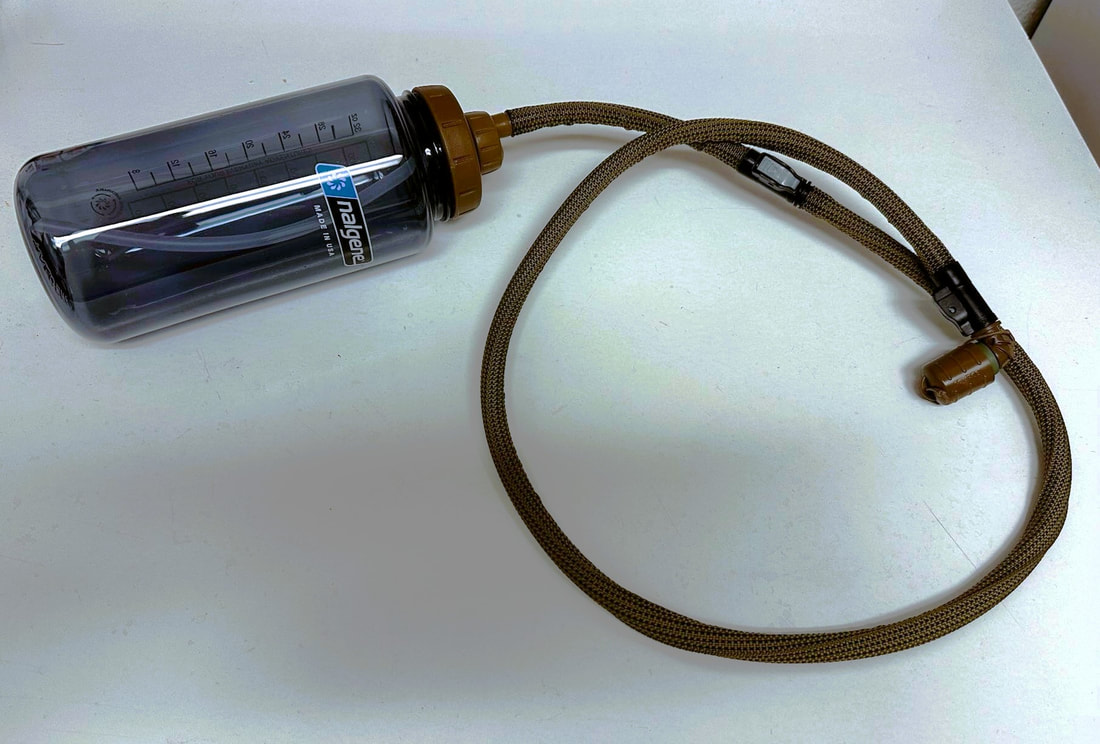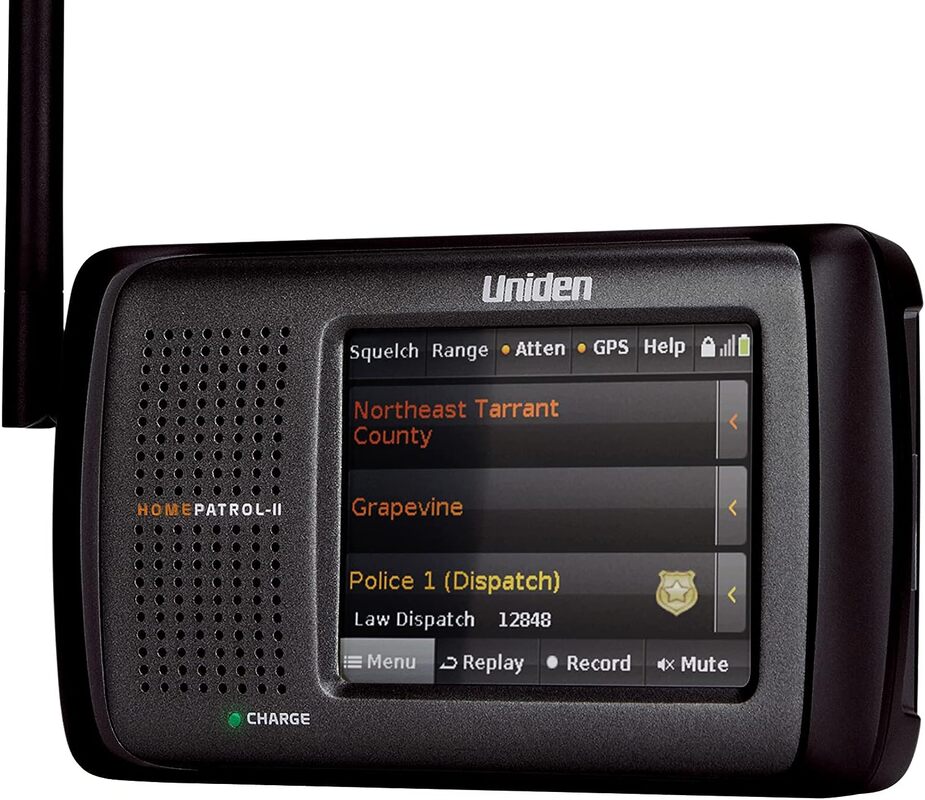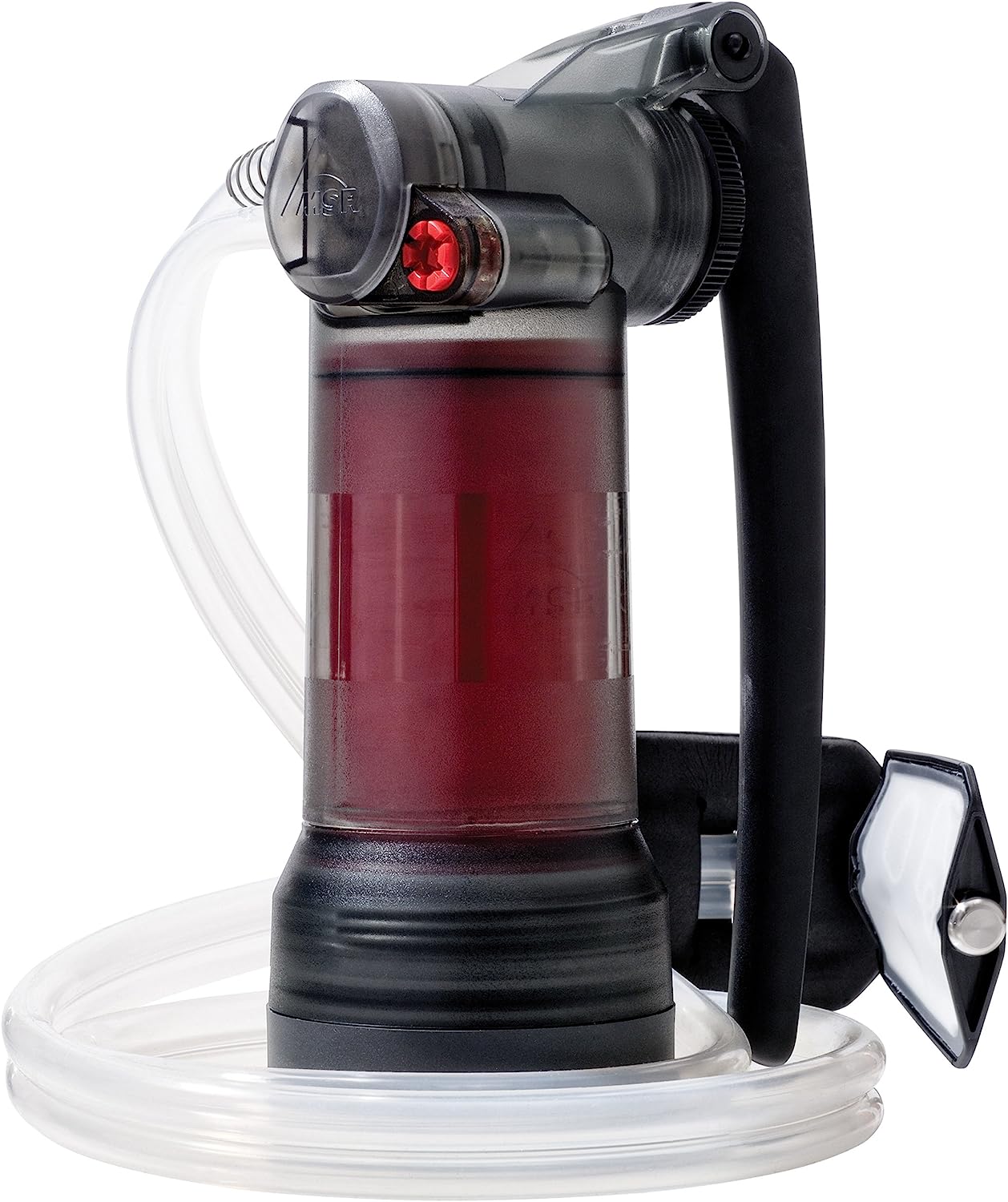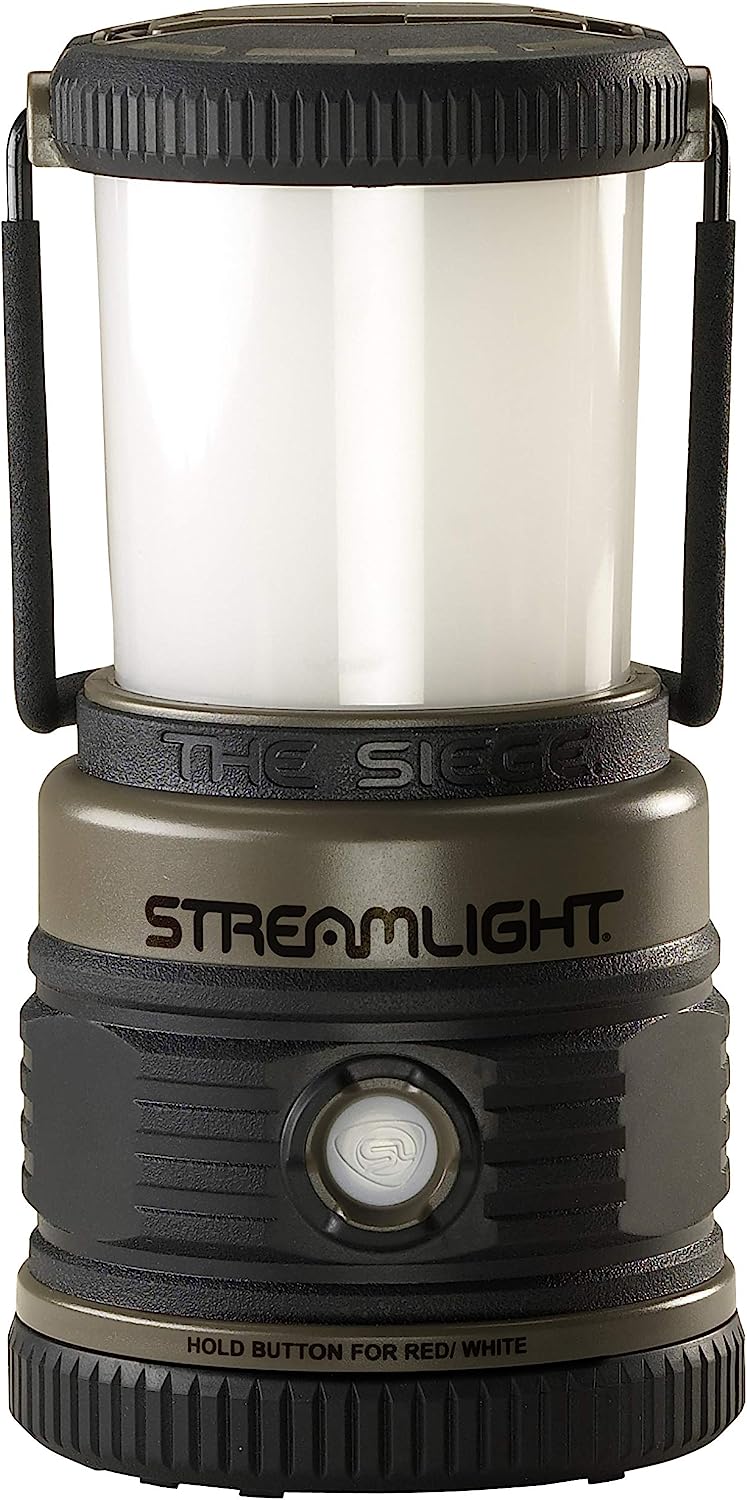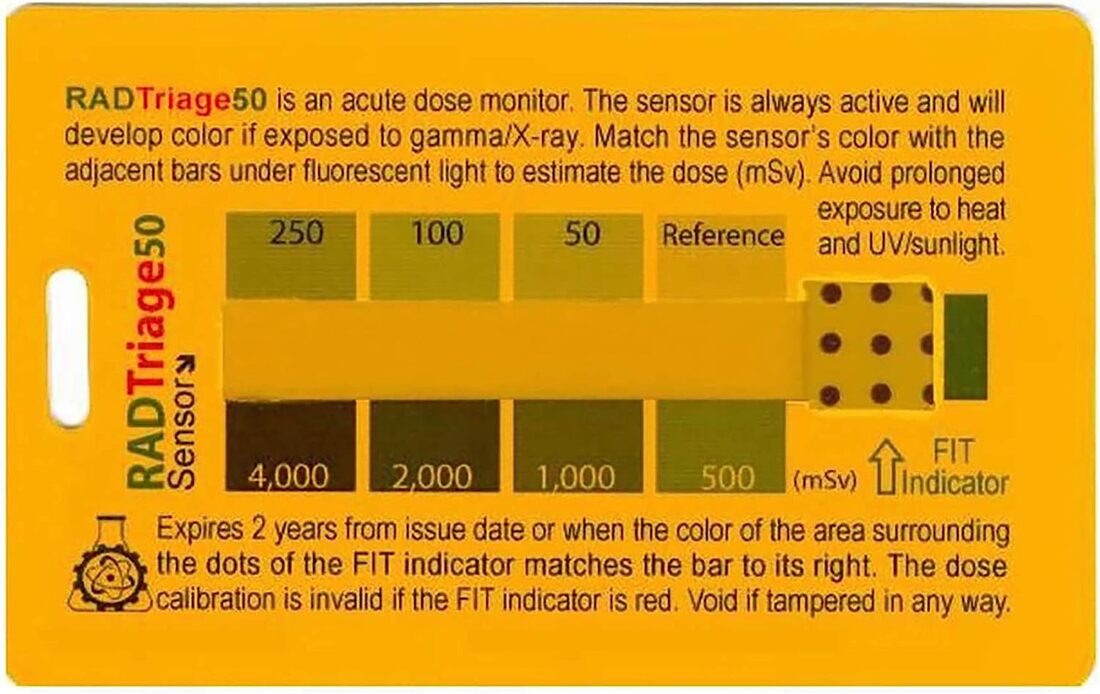|
Situations like this will happen and that means that citizen defenders will have to engage in Close Quarters Battle (CQB). CQB is almost always fighting done indoors. It is a specialty of SWAT teams and Tier 1 military forces the world over. It is a highly dangerous way to fight and demands special tactics be used. Speed, surprise, dynamic entry, and violence of action are hallmarks of CQB. In some cases you may have to go in a building or room occupied by a bad guy. That means you may have to breach a door.
In my previous two books (Suburban Warfare and Suburban Defense) we discussed use of less-lethal shotgun rounds in detail. Another specialty shotgun is the breaching shotgun. This commonly available weapon and ammunition can give the citizen defender the ability to rapidly and effectively breach doors without resorting to power tools. Breaching shotgun A breaching shotgun is a valuable tool that can provide faster entry than manually prying or beating down a door. These typically are stockless and short-barreled weapons with a special crenelated muzzle device to ensure proper standoff of the muzzle from the door. Only pump-action weapons are used because many breaching rounds lack the power to properly cycle a semi-automatic action. Until recently, many of these weapons were legally Short Barreled Shotguns (SBS) under the National Firearms Act (NFA) and required a lengthy background check and an extra tax for barrels under 18”. These new “firearms” that are manufactured in a way to take advantage of loopholes in federal laws to essentially create pistol-gripped shotguns with 14” barrels. These are known as the Mossberg Shockwave and Remington TAC-14. Currently they are available the same way as any other firearm is in most states. Should they be legally registered as a SBS or in a WROL situation, they can be fitted with stocks. Note that muzzle devices have to be added by a gunsmith in some cases. Choke style devices are also available but they may not fit all guns. Purpose made 18” barrel shotguns with these devices with and without pistol grips are fairly common. These devices can also help with flash suppression to preserve night vision and help control recoil. A special shotgun for breaching purposes should be used rather than mixing shells in a shotgun meant to shoot humans. Note that ordinary birdshot and buckshot rounds should not be used; death or injury could occur. Breaching rounds are specially made to be fired at close range. The most common variant is powdered steel with a wax binder. These are commercially available. Other types are made of copper or other frangible materials and a soft binder. Note that while frangible shells are intended to not be lethal or even particularly injurious a few feet away, this is after they’ve disintegrated against a barrier. Without hitting a barrier, many of these payloads essentially act like slugs as they haven’t hit anything to break them apart. In some respects, this is similar to a birdshot cut-shell slug. Breaching rounds need to be treated the same as lethal shot. The shot is designed to physically break the door material and the latch mechanism. Unlike the movies, shooting at the knob or lock itself does not work and can cause ricochets. Once the frangible shell material hits the door, it breaks up and tears through the wood or steel. The intent is to so severely weaken the door material that the latch bolt is no longer capable of resisting any force or that the bolt itself is blown away. Note that some doors are hardened and may take extra shots. Breaching shotguns are carried on a sling to be stowed out of the way of the breacher’s primary weapon when clearing rooms. The gun is actually carried with the safety off, but no round chambered, until just before firing. Then a live shell is racked into the chamber and fired. Empties are not ejected. This is to allow the gun to be carried safely without having to fumble for a safety catch in a critical moment. Purpose-made breaching muzzle devices helps to “bite” in to the door for correct positioning, which is halfway between the frame and the knob/deadbolt. If shooting at the hinge, standard procedure is to fire three shots at each hinge. Firing at the latching mechanism is preferred because it takes less shots and most doors open inwards, concealing the hinges. Shooting at the hinges is really not preferred. This requires 6-9 shells and a degree of luck. The door may be harder to pry open than the latch side and all of this may take precious time while an enemy knows where you are. The hinge pins can be knocked out instead or another entrance can be found. Both wood and steel doors can be breached with a shotgun. The difference is the aiming angles and the resistance offered by the individual door. Steel door skins may deform when shot, jamming the door closed so a different technique needs to be used.
Once you do get the door open or are proceeding through a secondary entrance, you will need to deploy diversionary devices like smoke, flashbangs, or stun grenades. There may be no surprise, but hopefully you’ve disturbed the bad guys’ reaction. If you still can’t gain entry, it may be time to consider other tactics such as a siege or deploying pepper spray grenades (as CS/tear gas is not commercially available to civilians). Note: this an adaptation from my non-fiction book Suburban Warfare: A cop's guide to surviving a civil war, SHTF, or modern urban combat, available on Amazon. VIDEO: Shotgun breaching techniques Comments are closed.
|
Author Don ShiftDon Shift is a veteran of the Ventura County Sheriff's Office and avid fan of post-apocalyptic literature and film who has pushed a black and white for a mile or two. He is a student of disasters, history, and current events. Archives
May 2024
Categories
All
As an Amazon Associate I earn from qualifying purchases.
|
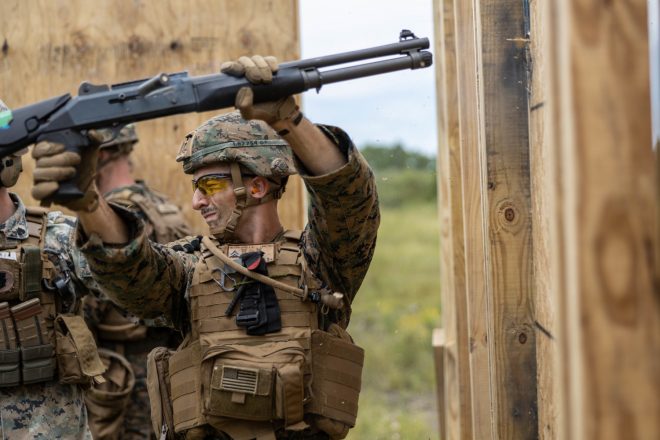

 RSS Feed
RSS Feed
